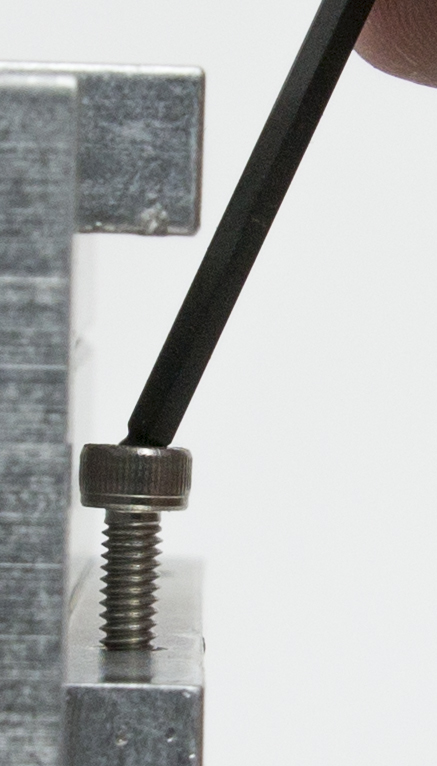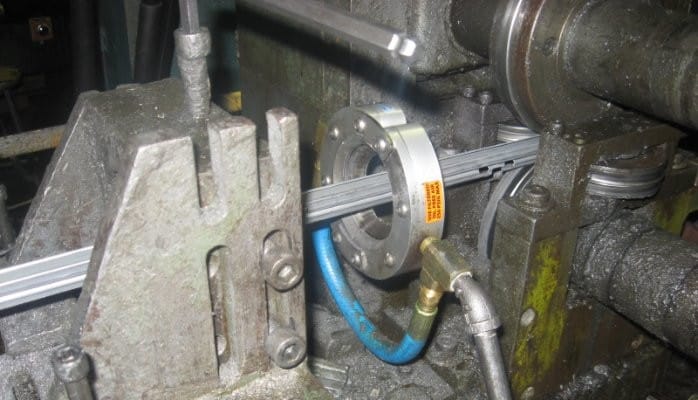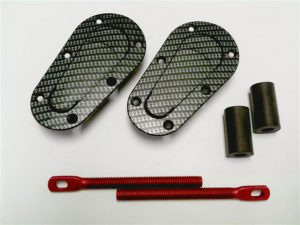Electrical Industry
Hand Tools

Electrical Industry
The U.S. NAICS code for electrical contractors is 238210. Contractors working for the government use this code as the government classifies the electrical industry’s business activities. In 2021, electricians made a median pay of $60,040 per year. According to the Bureau of Labor Statistics (BLS), there were 711,200 jobs in 2021, and the industry is growing by 7 percent. The BLS expects at least 50,200 new jobs from now through 2031.
According to IBISWorld, the market size for electricians is $225 billion. There are approximately 229,207 businesses and 1,144,114 employees across the electrical industry sector.
Types of Electricians
Electricians must have specialized training to work in the field. They can obtain formal training and work in the electrical industry at the same time, though the options when just starting out might be limited.
The various types of electricians include:
- Commercial electricians work on mechanical electrical systems, commercial buildings and construction sites, including shopping malls, restaurants, and new commercial construction.
- Journeymen electricians work with mechanical systems, lighting installations, power supplies in residential and commercial buildings, and security systems. Many journeymen work in new construction.
- Industrial electricians work in factories, mines, and plants. They can repair, maintain and install electronic controls and electrical equipment.
- Master electricians are highly skilled and are usually supervisors over apprentices, laborers, and journeymen. Most states require a master electrician to have at least seven years of experience. A master often owns a contracting business.
- Residential electricians work in homes and apartments. They can install and upgrade electrical equipment.
Some electricians are technicians, and some are linemen. A technician works on electrical devices, while a lineman might design the electrical plan for a building or install wiring for the electrical equipment that a technician installs.
Work Activities
Electricians have many activities in their job descriptions. Depending on what they are working on, their duties could vary widely and include repairing electrical systems, servicing electrical systems and installing and / or retrofitting systems.
Activities might include:
- Install a temporary pole in new construction.
- Rough-in circuit wiring.
- Temporarily install switches and receptacles.
- Install switchboards, lights, receptacles and fans.
- Testing the wiring.
- Replacing parts, motors, light fixtures and other electrical equipment.
- Bending conduit and cables.
- Connecting wires, power cables and fixtures.
- Diagnose machinery, components and malfunctioning systems.
- Digging trenches for the conduit.
- Fabricating parts.
- Installing fire systems.
- Installing lighting, components, fixtures and electrical equipment.
- Installing panels, circuits and switches.
- Installing telecommunications.
- Installing new conduit.
- Preventative maintenance on power distribution equipment and electrical systems.
- Pulling insulated wires and cables through conduit.
- Replacing wiring, electrical equipment, conduit, receptacles, lights, and other electrical parts.
- Servicing the electrical power systems.
- Testing electrical systems.
- Servicing electrical power systems.
- Using hand tools and power tools.
- Using test equipment, including test lamps, oscilloscopes and ammeters.
- Working on ladders, roofs and scaffolding.
- Install whole home generators.
List of Tools
Depending on the job an electrician is doing, he or she has a wide variety of tools that he might need. Abolox carries many of the tools an electrician needs. Some of the common tools you might find in an electrician’s toolbox include:
- Crimps.
- Tool cart.
- Cut-resistant gloves.
- Drills.
- Wrenches.
- Flashlight and extra batteries.
- Hammers.
- Fish tape.
- Insulated screwdrivers.
- Insulated pliers.
- Labeling machines.
- Multimeter.
- Putty.
- Razor knife.
- Receptacle tester.
- Reaming bit.
- Safety glasses.
- Goggles.
- Face protection.
- Square-tip screwdriver.
- Tape measure.
- Tool belt.
- Torpedo level.
- Voltmeter.
- Voltage tester.
- Wire cutters and wire strippers.
Safety
An electrician’s job can be very dangerous, especially when working with high amperage and high voltage. According to the BLS, 1,620 electrical workers suffered injuries in 2019. Another 2,000 suffered injuries from contact with equipment and other electrical objects. Electricians not only have to worry about being electrocuted, but they also have to worry about cuts, impact injuries, and fall injuries.
Wearing the appropriate personal protective equipment (PPE) helps reduce the risk of injury. Abolox carries several types of PPE for electricians. Some of the common PPE you’ll find electricians wearing include:
- Hi-vis clothing.
- Fire-retardent vests and pants.
- Safety glasses, goggles and face protection.
- Fire-retardent jeans.
- Work gloves suitable for protection against cuts, chemicals and impact.
Visit Abolox for Electrical Tools and Personal Protective Equipment
Abolox carries several tools and personal protective equipment that electricians need to do their jobs safely and effectively. When you browse through our pages, you’ll find that we carry known brands and quality tools, clothing and accessories.
You can purchase tools and PPE for individuals or in bulk. If you don’t see what you are looking for, contact the office, and we’ll source it for you.




